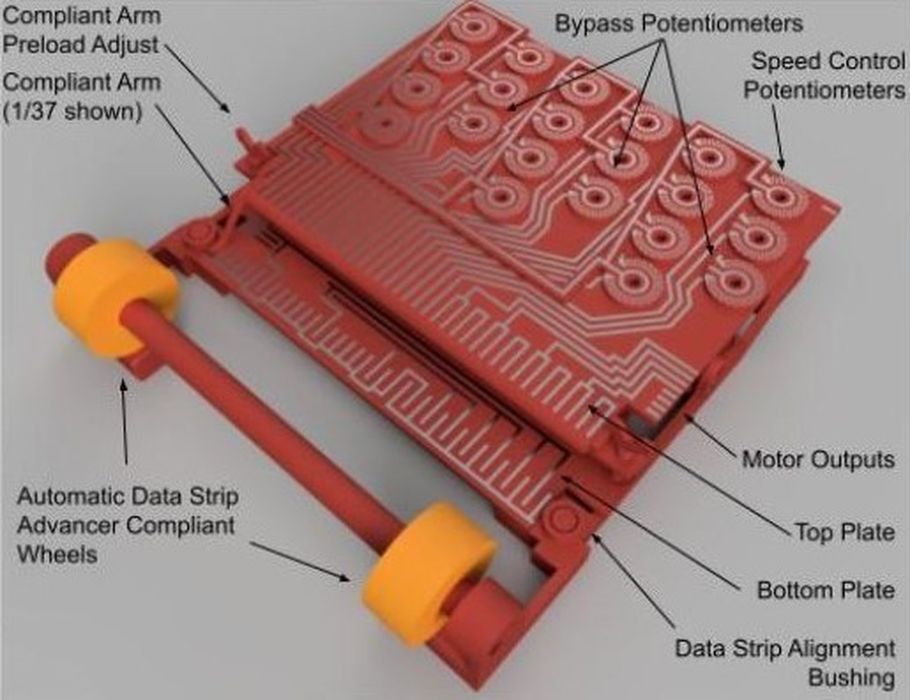
The award-winning students discuss project applications, inspirations, challenges and insights about the future of STEM events.
Regeneron International Science and Engineering Fair (ISEF) 2021 was held virtually from May 16 to May 21, bringing together over 1800 finalists from nearly 400 affiliate fairs in 64 countries. Engineering.com had the opportunity to chat with two big winners: Brian Minnick, who won first place in Engineering Mechanics for creating a self-replicating 3D printer; and John Benedict Estrada, who received the $50,000 Gordon E. Moore Award for his AI model that predicted drought stress in plants.
A Self-Replicating 3D Printer with Earth and Space Applications

Brian Minnick wanted to change the notion that self-replicating machines—or universal constructors—are an element only of science fiction. With the open-source RepRap project as his starting point, Minnick was able to achieve 100 percent 3D printability with his machine; i.e., every part of his 3D printer could be manufactured by another 3D printer of the same type. He also made significant headway towards self-assembly, with the machine’s self-manufacturing capabilities making it the first assisted replicator to date.“
The novel conductive material was the part of the project that took me the longest to solve,” said Minnick. “It was also the most important piece of the whole project, since each of the four project goals [generating mechanical power, data storage and interpretation, and the hot end] required electronics.”
Minnick began by testing a commercially available conductive material, whose conductivity proved to be poor. He tried developing a novel composite conductive material by adding fine wire bits into the commercially available material, but this only improved conductivity by 50 percent. His next attempts involved innately conducting polymers and printing with solder wire directly, but these experiments were not successful. Minnick then thought of making his solder globules smaller when chaining them together to form a solid conductor.
This led to solder paste, which could be sintered into a solid trace using a hot air gun or through controlled heating in an oven. The resulting solution demonstrated 98.3 percent less resistivity than the best commercial alternative material.For Earth-based applications of his 3D printer, Minnick designed a 3D printed wind turbine for power generation (to be used in environments with atmosphere).
Then there was the task of programming the printer for parts.“To print a model, the printer must have a data strip representing the model to be printed,” detailed Minnick. “The data strip has columns and rows, where each row corresponds to a linear movement of the printer, and each column corresponds to one particular function of the data strip. Within each row, each column can be toggled on or off, and the distribution of “activated” columns encodes the rotation speed and direction for all of the motors on the printer.
This acts as a heading—the direction the printer will move in. The length of each row encodes how long the printer moves in that direction.“I also created a data strip generator program, which takes each linear movement in a digital model and encodes it in a row in an output data strip. This allows any digital model to be transformed into a representative data strip to be printed on the fully 3D printed 3D printer.
The beauty of this control system is that it can be used with any kinematics; it doesn’t have to be a 3D printer. The same motor controller and data strip system can be used to control robotic arms, specialized data strip duplicators, or a method of loading and unloading data strips to print differ
Read more at ENGINEERING.com
